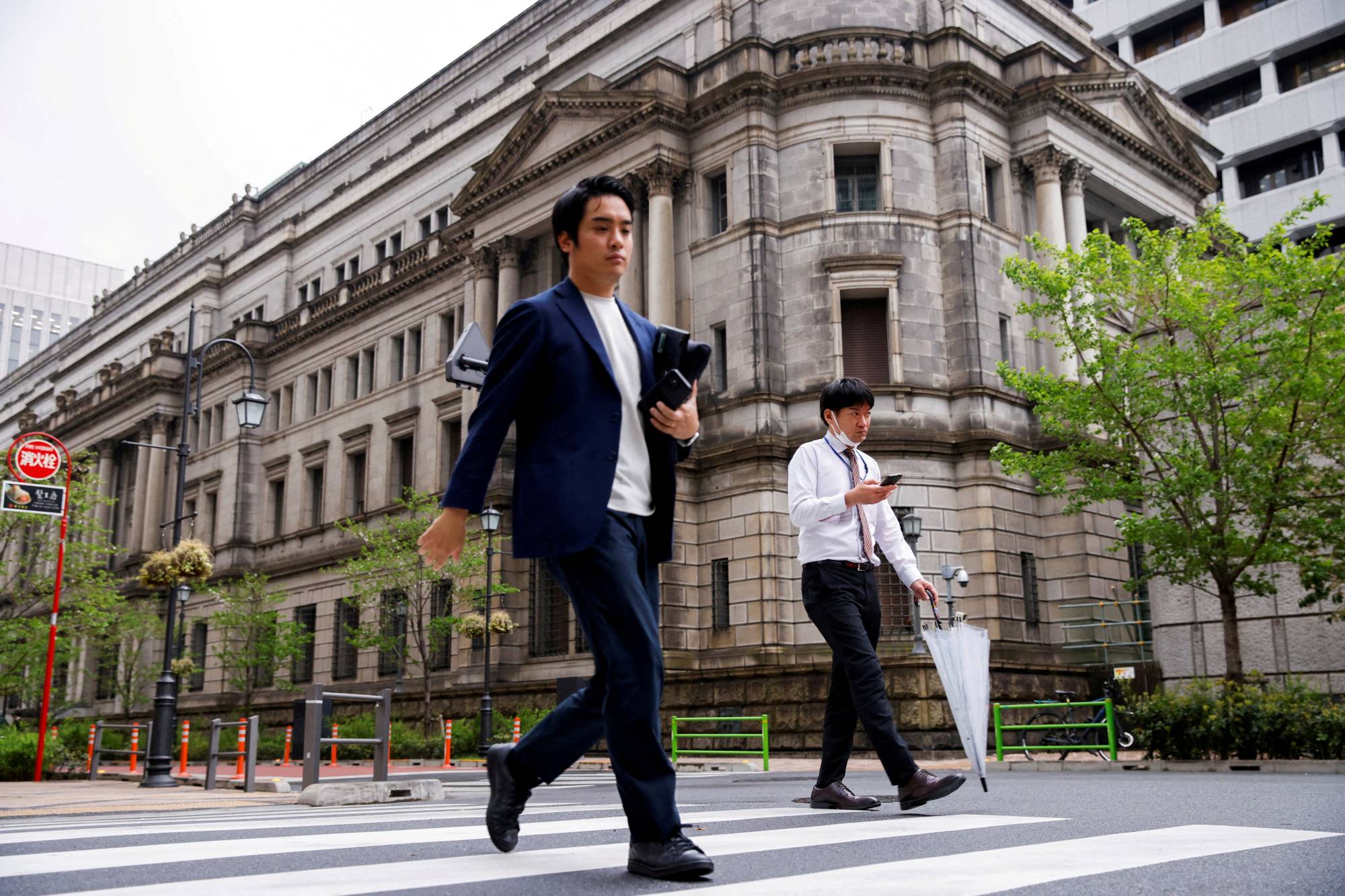The Bank of Japan left its ultraloose monetary policy untouched on Friday, with new Gov. Kazuo Ueda sticking to his cautious stance on making tweaks or changing course.
The second two-day policy meeting under Ueda did not produce any unexpected moves.
But in a news conference after the meeting, Ueda hinted there may be surprises going forward when it comes to its "yield curve control" (YCC) program, saying that in order to deal with the changing economic environment, “a certain degree of surprise may be unavoidable.”


















With your current subscription plan you can comment on stories. However, before writing your first comment, please create a display name in the Profile section of your subscriber account page.